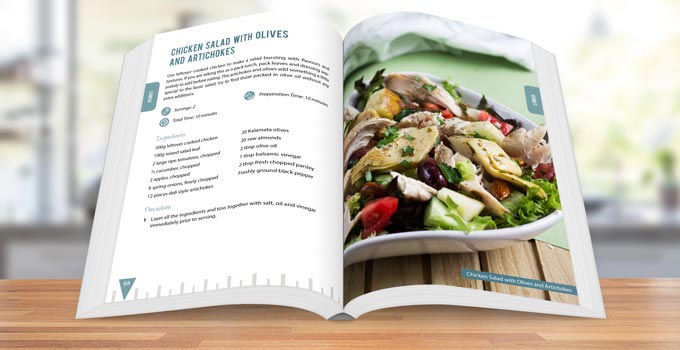How to review a printed proof

It’s here! The very first, hold-it-in-your-hands copy of your book. It’s time for you to flick through the pages, appreciate your paper
and color choices, look at the quality of the printing and binding, and, yes, inevitably spot those last few edits. Here are a few tips to
help you avoid missing something important.
Think like a customer
What grabbed your attention first? Does the book look big or small, thick or thin, feel heavy or light? Does the front cover set the
right tone? Flip the cover over. Does the back cover convey the right message? Put the book on your shelf and examine the spine. Does it
fit next to other books? Blend in or stand out? Now flick through the pages. Does the text look properly aligned? Are the margins wide enough?
Do the colors and images look good? Note down anything that jumps out at you, or that feels clunky or out of place. If you get the chance to,
ask friends or family to do the same.
Examine product quality
Look at the cover. Are you happy with the feel of the matte or gloss finish? Does the spine text look okay? Is there any shipping damage,
bends or scratches? Now look at the interior. Has your printer printed the pages well? Have they bound them straight? What about the color?
How do the pages feel as you turn them? Do any of the images show through to the other side of the paper? Has the printer properly glued or
stitched the pages? Take notes on anything you notice and then think carefully. It’s important for you to try and differentiate between
what’s a manufacturing fault and what’s a production choice. The first are down to your printer to resolve, but the second may need you
to do some rethinking.
Beware of print limitations
While it’s good for you to analyze the production of your book – and you should – try not to become obsessive about it. You’ve probably
bought plenty of books in the past, and we doubt you noticed every single imperfection. So keep reminding yourself: no reader is ever going
to examine your book with the same intensity that you are now. Now’s also the time for you to take your chosen printing method into consideration.
There are lots of reasons why POD might be the best way for you to print your book, but it is important for you to appreciate that there are
accepted levels of variation for POD books. For example, the text might shift on a page by up to 1/16″ and your printer would still be within
acceptable limits. Make sure these variations are going to be satisfactory to you now, so you’re not disappointed or surprised later.
Take photos of issues
“On page 6 the red looks darker than I expected.” “The heading on page 11 is very close to the top.” As much as your designer may be keen
to help you understand, fix or change how certain aspects of your design appear in print, it is often very difficult for them to guess
exactly what you can see. The best way to show them is to use a camera phone to take a few clear photographs. Your designer can then
advise you whether the issue is down to print quality or whether they could change an aspect of the design to help make things look
better on paper. For example, if a few images appear darker than expected in print, the designer can look to adjust your originals.
In addition, it is important to take photo of the barcode on the back page so we can identify when the batch was printed.
Read like your readers
Read your book as if you were reading it for the first time: as much of it as you possibly can. Don’t be tempted to skim-read. It’s
disconcerting, but once your content is all laid out on your paper pages, little errors and typos seem to jump off the pages. You’ll be
amazed at the things you pick up in print that you didn’t spot even when reviewing your digital files on a screen. Trust us; it happens
every time. Grab a pencil and mark off any issues on the pages as you go. Even if you notice lots of errors, don’t despair too much.
It’s better for you to find them now than leave the job to your readers. Even large publishers who employ proofreaders to check books
multiple times don’t catch absolutely everything. Consider every error you spot now a victory, not a failure. Once you’ve finished marking
typos with a pencil, go back to your digital proof. Open your PDF book file and add the changes in as pdf comments, see how to add PDF
comments for details. You can then pass the file back to your designer so they can make the necessary changes.
Order another proof
If you find you want to make a lot of changes to your book, then you’ll need to order another proof copy and go through this cycle again.
This is especially important if you use a litho service that plans to print a big run of books. You may even need two or three printed
proof stages to get it absolutely right. We know it’s a pain, but you won’t regret it, we promise. You need to be completely confident
that your digital proof file and your printing choices are going to come together seamlessly every time a copy of your book leaves the
printer. Now’s the time for you to make sure of that.